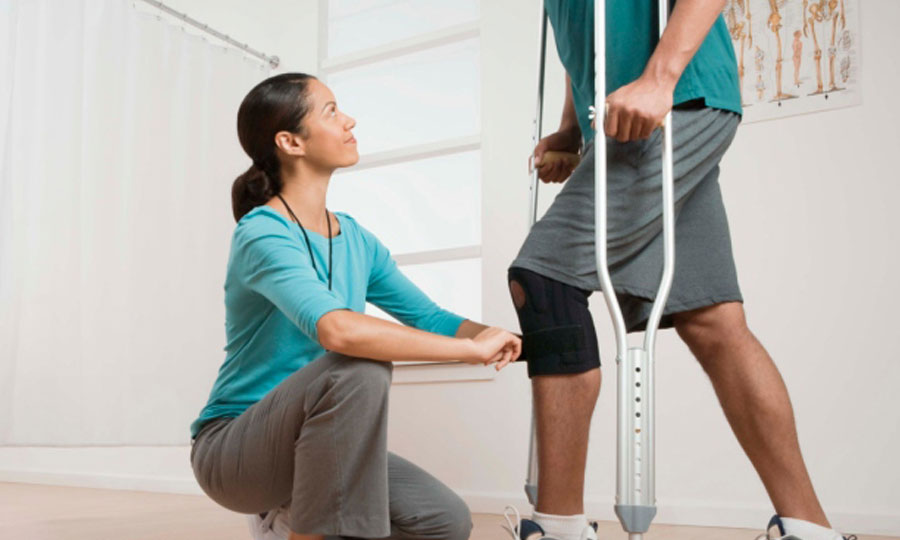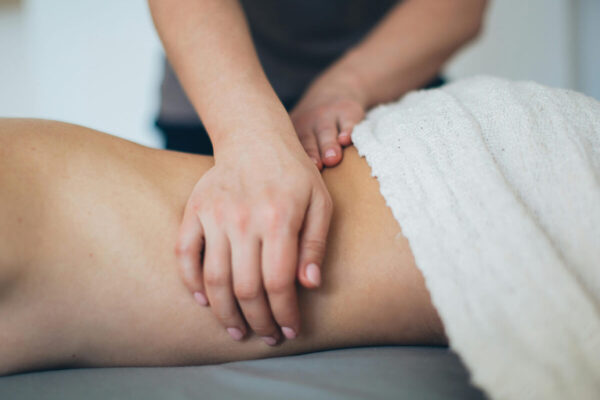Gout Grief! How to Manage the Pain
What is Gout?
Gout is a disease that causes severe pain, redness, tenderness, swelling, and warmth in joints. Mostly it affects a single joint, but it can attack many areas of the body. The toes are most prone to gout. You will often notice it in your legs, but only rarely in the arm or spine.
Symptoms
- Sudden, severe morning joint pain
- Red skin around region
- Tender, swollen and warm joints
Causes

Gout is caused by abnormal sodium urate crystal deposits in the cartilage of joints. The sodium urate creates fluid in the joint. Sodium urate is a product of uric acid resulting from red meat, shellfish, and alcohol consumption.
Diagnosis
This disease can be effectively diagnosed by getting an assessment from a rheumatoid specialist. A rheumatology assessment evaluates any medical problems that affect the musculoskeletal system including soft tissues, joints, and related conditions of connective tissues. When a rheumatic disease is detected, the doctor will examine the severity of the disability and make a recommendation for rehabilitation.
Tips for Managing Gout Attacks
Gout has no cure. If you get it, you will be put on proper medication to control blood uric acid level. Take the following tips to stop the pain and reduce the risk of future attacks:
1. Medication – When you experience a gout attack, start medication immediately. Over the counter drugs like naproxen and ibuprofin are a good start. Never use aspirin; it will worsen the attack. If you have previously visited the hospital for gout treatment, take their prescribed anti-inflammatory drugs, if you kept them on hand. If you are using medication to control uric acid level, continue to use it.
2. Use Ice – An ice pack will help ease inflammation and pain. Wrap ice around the affected joint for 20-30 minutes three times a day.
3. Get in touch with your doctor – When you have a gout attack, seek professional advice within the day. The doctor may prescribe other drugs or ask you to go for a fluid test. A corticosteroid injection will help curb the attack. Contacting a professional health person will reduce the length of the illness.
4. Avoid alcohol – Alcohol (mainly beer) contains high levels of purines (which increase uric acid). Alcohol also hinders uric acid excretion from the body. Do not self-medicate with alcohol to alleviate the pain.

5. Use a walking stick – Walking with a cane will help reduce the pressure on the affected joint when you experience a severe gout attack.
6. Raise you the affected foot – You can do this using a pillow. When you elevate the affected area to a point higher than the chest, it will reduce swelling.
7. Do not cover an affected toe when sleeping – When a blanket touches a gout-stricken toe, it can increase the pain. Ensure that your feet are not in contact with the sheets to prevent this from happening.
8. Avoid meals rich in purines – Meals of red meat, shellfish, grapes and bread can induce or prolong gout.
Here at Physiotherapy and Rehabilitation Centers of Ontario, we offer rheumatologist assessments and much more. We look forward to helping you.





